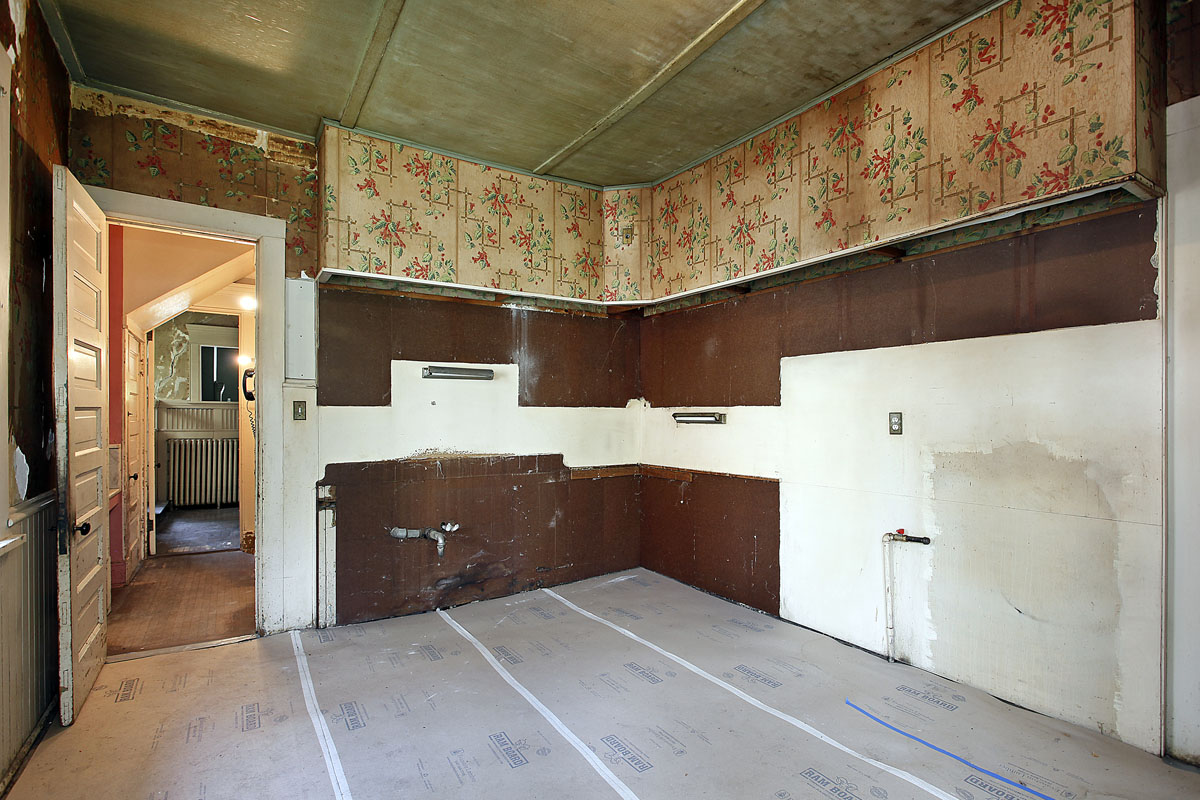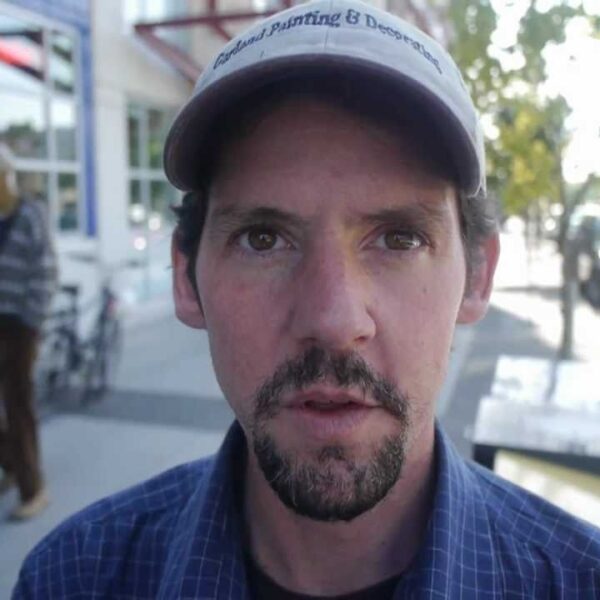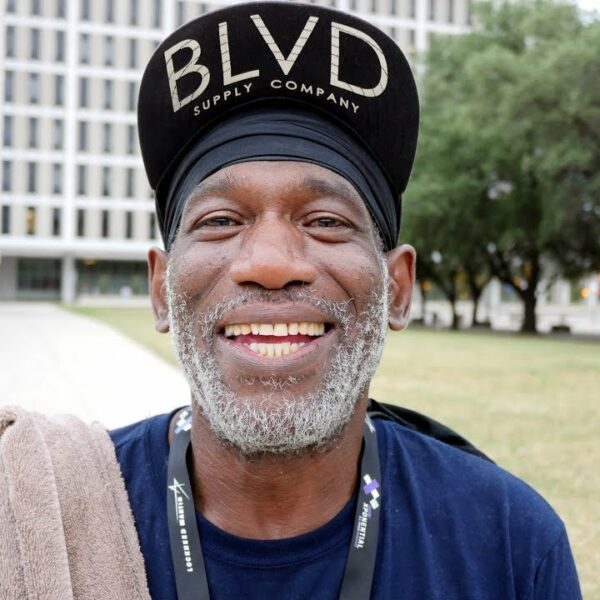Vacant homes in The City of Brotherly Love aren’t as empty as they used to be. Many of them are in better repair, too.
This change comes as a result of local activists moving a few dozen homeless people into 10 vacant homes when the city first issued its “stay-at-home order” a few months ago.
The act is a tangible representation of how affordable housing advocates feel: the city, and particularly the Philadelphia Housing Authority, is dropping the ball. So, in a bit of Robin Hood-inspired justice, activists have taken from the “authorities” and given to the poor.
And they don’t plan to stop anytime soon. Among their demands, Occupy PHA is insisting that the city transfer ownership of vacant properties, including PHA’s properties, “to a permanent community land trust for permanent low income housing administered by local community control committees.”
Hail Mary Play Symbolic of Philly’s Homelessness
“I never saw myself having to do something like this,” said Christina Berry, a middle-aged single parent. Ms. Berry and her four children live in one of those PHA-owned vacant properties, at least for the time being.
Squatting wasn’t her first option. She had actually already applied for housing with the Philadelphia Housing Authority. Berry also reached out to private landlords in an effort to find appropriate housing for her family. No such luck. Ironically, she now lives in a home that may well have been allocated to her if events had unfolded differently.
These “squatters” are not opportunistic ne’er-do-wells. Many of the families living in these PHA homes jumped through the city’s affordable housing hoops. But they were met with long wait times and inadequate shelter options. So, setting up house in these PHA-owned homes is a self-proclaimed “desperate move.” It’s one that many felt forced into.
More than a few people have applied for affordable housing through PHA. In fact, nearly 60,000 names are on their waiting list. About 1,000 people sleep on the city’s streets any given night. When you add those living in shelters and temporary housing, the true number of homeless people is closer to 6,000.
How Did Philadelphia Get to This Point?
Like most cities, contributing factors to an increase in homelessness can be complex. Consider just two.
Gentrification has taken its toll on the city. While the word has become somewhat of a cliche, its impact is real. Two Philadelphia zip codes rank among the top 10 most gentrified in the United States. The 19123 and 19146 zip codes experienced a 203 and 404 percent jump in home values respectively over a 16-year period. Meanwhile, household incomes only increased by 95 and 51 percent.
Philadelphia should have been the canary in America’s coal mine for the opioid crisis. Many consider the city to be the epidemic’s epicenter, its ground zero. In 2018, more than 1,100 residents died of a drug overdose, with opioids featuring in 84 percent of the fatalities.
The good news is that a new strategy – no barrier housing for addicts – boasts some encouraging results.
Some 90 percent of people that the city has put in supportive housing never return to the streets. Liz Hersh, director of the Office of Homeless Services for the City of Philadelphia, explained why this shift has been so effective.
“The old thinking was that you had to deserve housing—you had to prove you were clean and sober. But what we found is that for many people, it’s just too hard; it doesn’t work. What does work is to have people come in first and have their needs met, and they can catch their break and get some sleep, and then the recovery process is much more accessible.”
It’s always refreshing to hear a government representative so simply and coherently crystallize exactly why attending to housing needs first invariably helps people break addiction cycles. The trouble is that as effective as the program is, for every person the city’s Office Homeless Services connects with housing and services, it leaves three people waiting on the streets.
While the services are in place, the housing simply isn’t. Hersh said there is a 2,500-unit shortfall in supportive housing tapped for Philly’s homeless residents. “The short answer to the question, ‘Why are there 1,000 people on the street?’ is that we don’t have anywhere for them to live.”
Squatters ‘Dismay and Concern’ Philadelphia Housing Authority
The activists behind the squatting campaign claim that the PHA is “hoarding the vacant properties, and there’s hard-working families that can’t afford to live anywhere.”
Part of the campaign is to showcase just how hard-working the families actually are. Extensive renovations have been undertaken—roofs tarred, pipes repaired, walls painted, carpets laid, appliances installed, bugs eradicated. But because the houses don’t lawfully belong to their “tenants,” the renovations are being done in good faith.
Unfortunately for these families, the PHA isn’t budging.
“We are dismayed and concerned that the Occupy PHA leader is assisting individuals to illegally squat in vacant houses around the city. This action is not only illegal, it is dangerous, and poses a real health and safety risk to not only the squatters [but the] neighbors as well.”
They also argue that takeovers aren’t fair to the 60,000 people currently on PHA’s waiting list. The authority is pursuing legal action to “relocate the illegal occupants to appropriate housing.”













